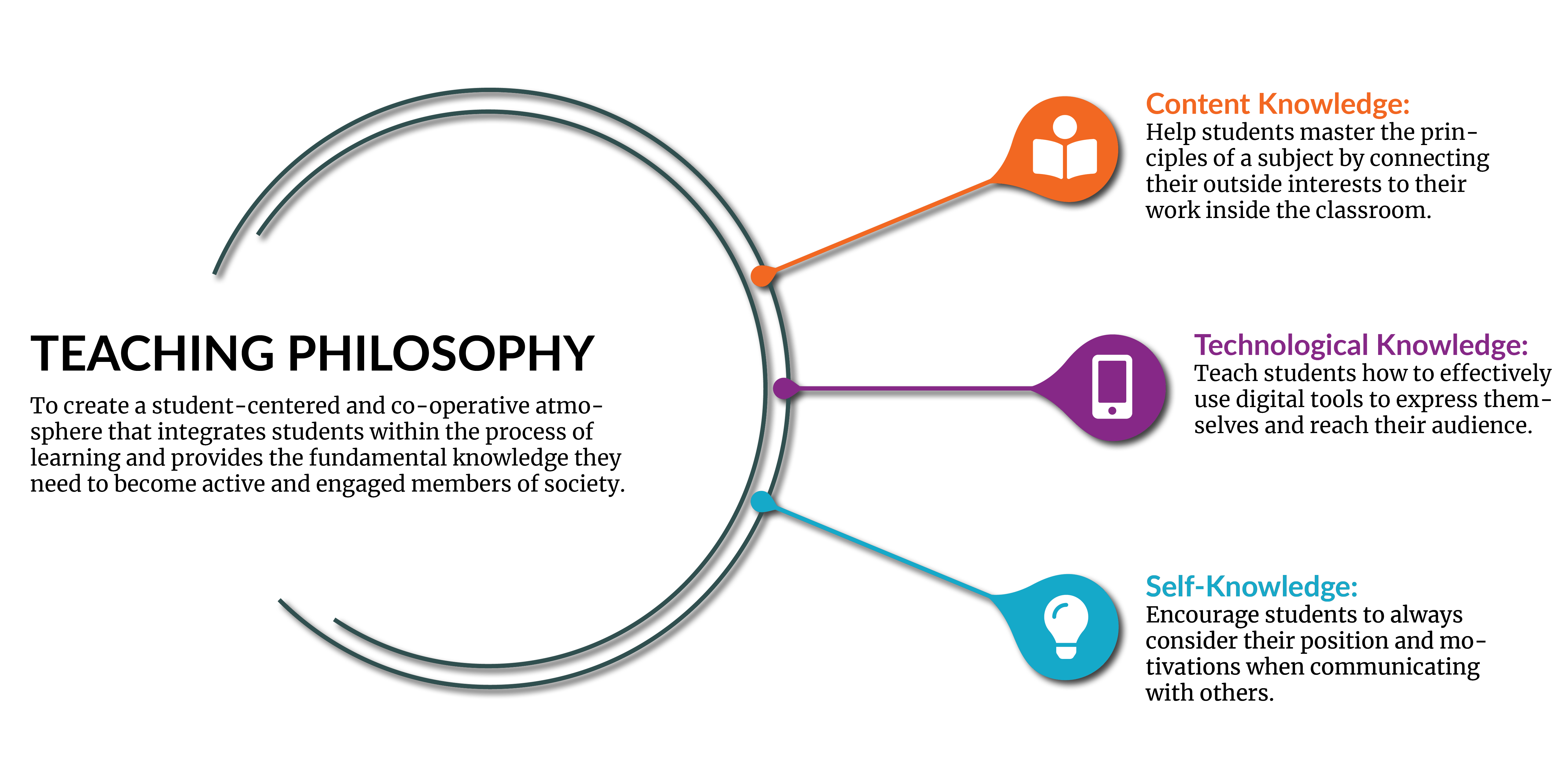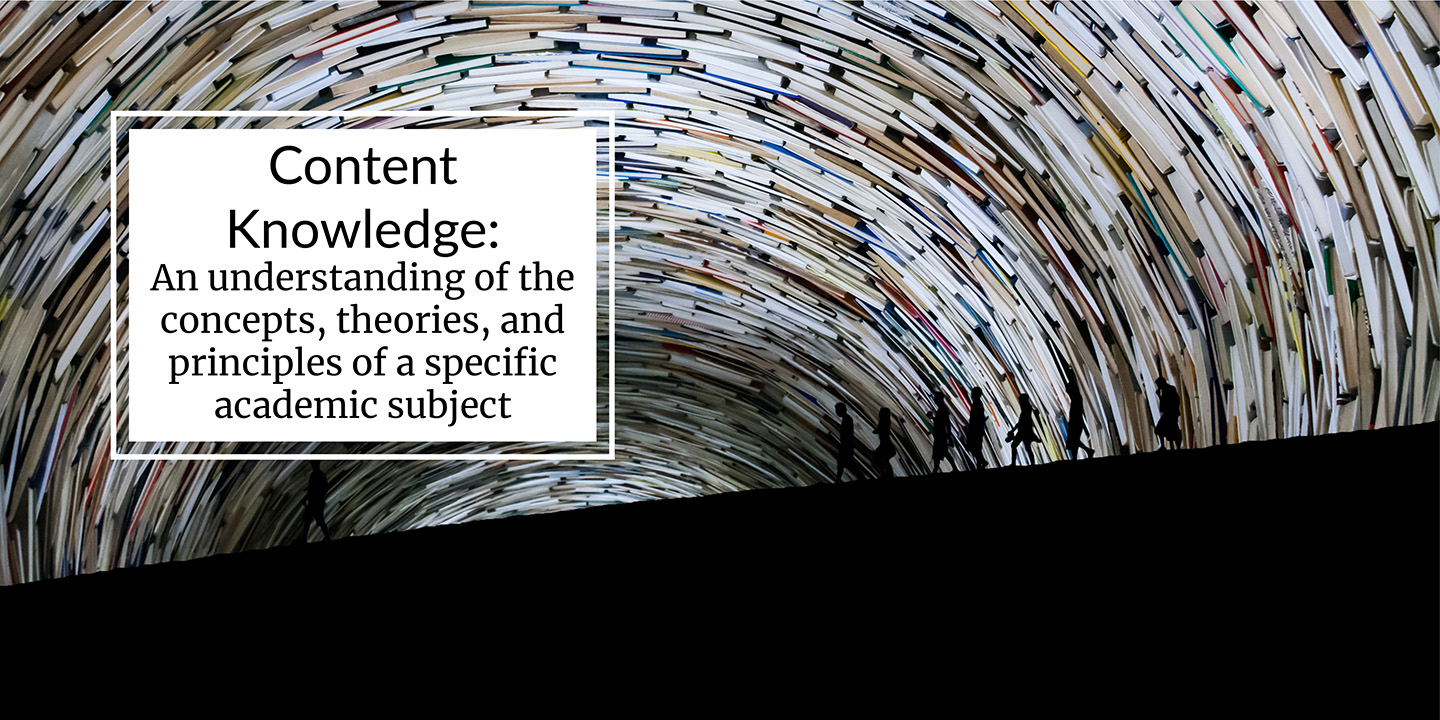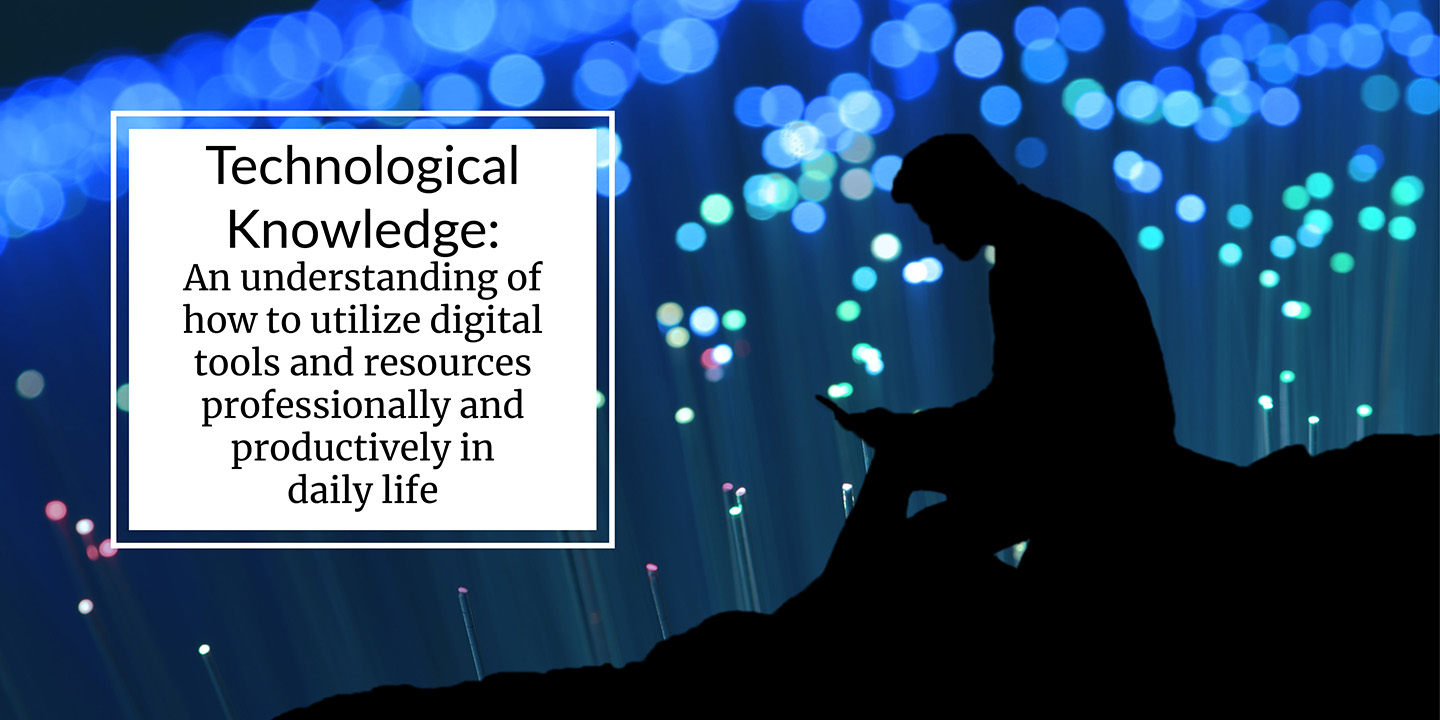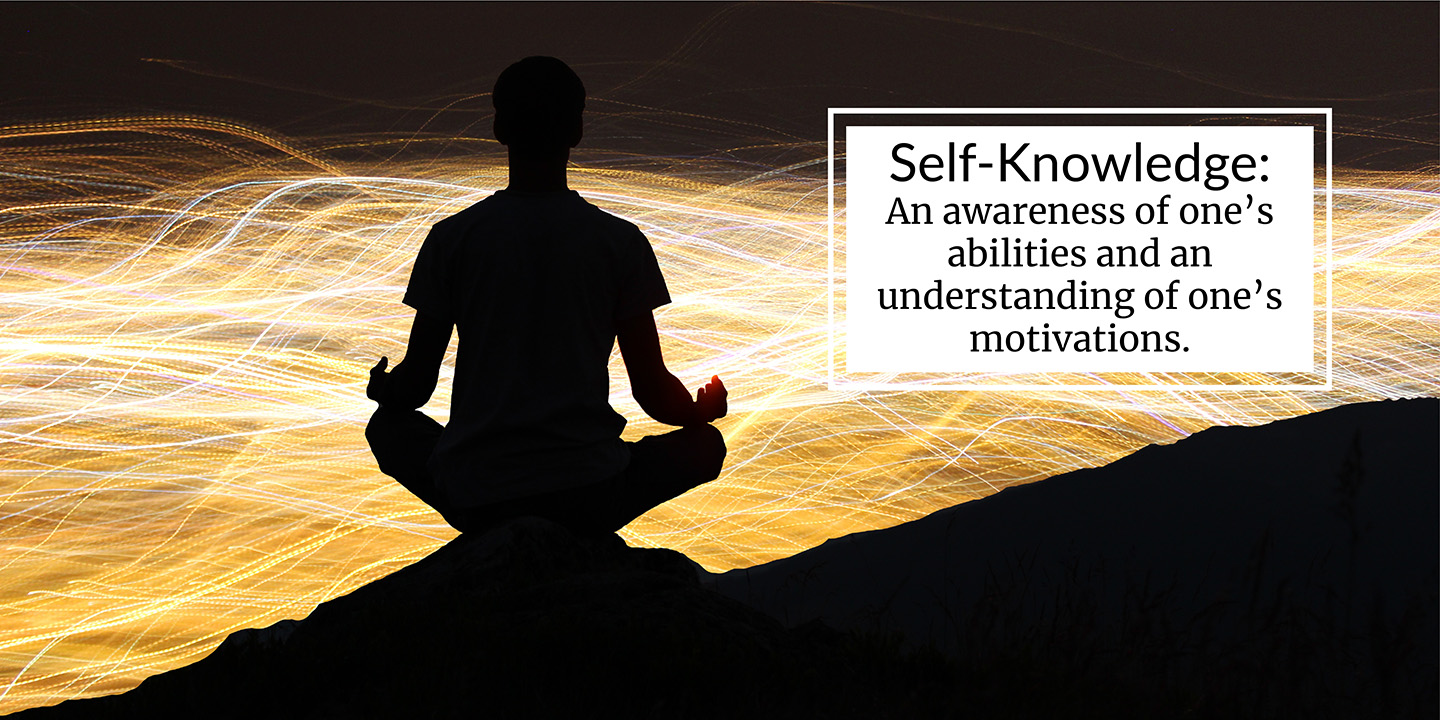
My goal as a teacher is to prepare students to be outstanding professionals and citizens who realize the full value and power of their voice.
This is a difficult task. Those who teach undergraduate composition classes will undoubtedly notice two (2) things: students rarely do anything until the night before, and the students are often as apathetic as they are diligent in their procrastination. This indifference stems from what Paulo Freire defines as a process of prescription imposed on them almost continuously since preschool. Rather than being allowed to contribute their voices to the community, they have been stifled by a system designed to integrate rather than enlighten them.
The structure of a typical undergraduate course does not permit the dialogue they need, so I make an effort to change the structure. In my classes, I focus on forming a student-centered and co-operative atmosphere that integrates my students as much as possible within the process of learning. By allowing them to be co-creators, I encourage the students to see themselves as scholars and the class as a community on which they can depend. They become aware of how language and rhetoric shape our world and learn to make effective rhetorical decisions as they engage in conversations that begin in the classroom but extend beyond its walls.
To achieve this, I design my course objectives, content, and assignments to emphasize the three (3) types of knowledge students need to become full participants in their learning now, and active collaborators in the future.
Content Knowledge

Obviously, providing content knowledge on a particular subject is the primary purpose of any course. While the content covered in every course is different, it is always dictated by department and university requirements. This poses a potential problem since empowering students to take control of their own learning is an essential component of my teaching philosophy. Nevertheless, the cost of not having a strong foundation of knowledge can prove astronomical to students in the long term.
In order to overcome this issue, I rely on Henry Jenkins’ concept of participatory cultures along with John Seeley Brown and Richard P. Adler’s argument regarding social learning. I endeavor to create a fluid boundary between home and school. By encouraging students to bring outside interests into the classroom, I can build a bridge between the creative work they engage in regularly and the knowledge I am required to give them. If the classroom becomes an extension of their informal communities, their understanding of the content is grounded in their interests, shaped by our conversation, and solidified through interaction with their peers.
For this reason, every assignment provides an opportunity for students to explore their interests while also adhering to the course objectives. I never artificially limit students to one possible result even though aspects of each project must be rigidly determined. I view assignments as construction projects—I provide the scaffolding and the students are the architects. My purpose is to teach the students to take the materials they are given and manipulate them into a unique design based on their own insights. Then, the final result will convey their creativity as the craftsman, but also meet the needs of the contractor.
In addition, my assignments also require the use of public tools and platforms for final submission. In order to maintain the connection between work inside and outside of the school, students’ work must be available to the entire class and also beyond it. Utilizing tools like WordPress, MediaWiki, YouTube, and G Suite, students can comment on, revise, and critique the work of their peers while sharing their work publicly to garner a wider, external audience. Since the assignments are always grounded in their outside interests, the added benefit of this requirement is their outside readers will never be entirely unknown.
Moreover, the potential for reaching a public audience that shares similar interests and knowledge makes students more comfortable expressing their ideas and inspires greater diligence in creating the final product. Finally, whether it is an informal journal or a video presentation, the variety of forms and forums available for composition also provides practice in crafting content appropriately. They can learn to make effective rhetorical decisions regarding the medium and the message. By figuring out the best way to express their ideas, they are one step closer to unlocking the full power and potential of their voice.
Technological Knowledge

Teaching now requires blending traditional instructional approaches with rapidly-evolving digital technology. Today, my students have limited knowledge of the analogue world before desktop computers and the internet. Tomorrow, they will only know a world dominated by mobile computers and ubiquitous wireless networks. The importance of technology in their professional and personal lives cannot be overstated. It has fundamentally changed how people connect, collaborate, and communicate. So, technology must likewise play a crucial role in all aspects of my course design.
However, while my students are great consumers of technology, they are not always great producers. Typically, they have superficial understanding of many technologies, but little in-depth knowledge of any specific one. If you ever needed to teach students about hanging indents or page breaks in Microsoft Word, you know this issue all too well. While blended learning, flipped classroom, and peer-to-peer assessment help offset their inexperience by encouraging greater engagement with digital tools, I find students need more.
So, I approach all assignments as moments of application, which leverage what my students already know, but also place them in unique circumstances that necessitate an expansion of their existing base of technological knowledge to complete. This organic, developmental process is not unique. It is at the core of all good teaching. The best way to teach students how to write a research paper is to create a series of assignments teaching each step in the process while also ensuring each successive assignment builds upon the prior ones. I simply apply this principle to the technology used to complete each assignment as well.
Unfortunately, technology is always changing. Tools used today may be outdated tomorrow—think about how quickly computers replaced typewriters or how fast Slack supplanted email. If technological knowledge is constantly in danger of becoming obsolete, I cannot just teach specific tools and resources. I must also teach ways of thinking and working with technology that students can continue to use long after my class ends.
I accomplish this principally through project-based learning, which reinforces how technology can enable them to accomplish different tasks while also motivates students to adapt and develop different ways of using it to achieve their goals. If students learn to consider how technology impacts their content decisions—how digital tools permit and restrict their ability to work and express themselves—then they are one step closer to discerning when and where to deploy technology when interacting with others. Furthermore, students will gain the ability to critically analyze how others deploy technology to their advantage.
Taken together, these abilities provide students the flexibility and foresight they need to navigate the turbulent waters of cross-communication. Students also gain the ability to leverage digital tools according to context and purpose. It will help them reject the functional fixedness of technology and look beyond the common uses of a given digital tool—to consider how to customize it to serve their own ends and more effectively express their own voice.
Self-Knowledge

Before students can fully participate in the intellectual conversations that shape their world, they need to understand the context of those conversations. While knowing the target audience and the proper method to communicate is essential to engaging in the conversation itself, students ultimately need to understand their position as an author if they want to have an impact on it. They need to establish their viewpoint to become a full, contributing member to the discourse.
Kenneth Burke likened scholarly and professional discussions to a crowded, intense, and spirited debate in a gentleman’s parlor. While the metaphor exhibits the vestiges of male privilege with its mistaken belief that all voices are equal, it illustrates both the milieu and the method of argument. Intellectual discourse is a strong, continual flow of propositions, oppositions, and qualifications. Participants can contribute to this river of thought by refining the views of others, offering criticisms, or suggesting alternatives. Sometimes an idea will be drowned out and sometimes it will go viral.
To help students find their position in the conversation, and have the confidence to participate, I spend a great deal of time promoting their freedom of expression in my classroom. Before starting any project, I openly encouraging students to share their opinion on the subject we are about to cover. Then, with a solicitation of opposing viewpoints, I involve the class in a self-sustaining line of Socratic inquiry that incites them become vested in the discourse and invest in their approach to the project.
After introducing a project, I provide additional free-writing assignments to help students form a more nuanced and critical perspective. I make these assignments as dynamic as possible and require students to incorporate current news, events, politics, and entertainment. Promoting an exploration of the larger community and pressing students to find the main topics of discussion, helps them to formulate a properly connected response. Essentially, I am handing them an oar and pushing them into the shallows, so they can eventually cast off into the flow of the conversation on their own.
I also integrate discussion boards within the class structure as well as provide chat rooms for each project to provide an open, horizontal dialogue inside and outside the classroom. These student-led and controlled spaces allow the class to discuss general issues, dig into interesting topics, and mentor or seek help from their peers. Ultimately, these forums allow students to practice engaging in and contributing to an intellectual conversation. With such practice, students can gain a clearer understanding of how and why being well-heard is more important than simply being well-spoken.
Finally, all projects in class emphasize an organic, developmental process of writing rather than the write-once, read-never mentality inadvertently espoused in many courses. As Peter Elbow pointed out, one of the most common misconceptions about writing is the notion that the author must somehow figure out what they mean before putting it on the page. The result of this fallacy is most students struggle with writer’s block until the deadline looms and then they desperately write out an entire argument without ever revising their work. While students typically have a clear understanding of the requirements and their topic, I find they simply do not know what they want to say or how to say it at first.
So, I help students develop a writing path through each project that builds on their own ideas and is based on the work they have laid down previously. This provides extended time for students to explore their thoughts and respond to the complex projects placed before them. I also carry out multiple peer review workshops for each project to encourage students to rely on each other and pool their experience and resources. Critically discussing issues amongst themselves helps them strengthen their critical voice and trains them to seek out, evaluate, and integrate the ideas and methods of their peers into their own discourse.
As the students increasingly consider issues relating to themselves and the products they create in the world, they will feel motivated to evaluate their decisions critically, defend their arguments more effectively, and adjust their methods properly when challenged. The students will learn that their communication choices and activities are not theoretical abstractions but are based on their beliefs, critical to their success, and limited by their knowledge. They will begin to take command of language to powerfully express their ideas, gain the ability to speak up in their community, and contribute to the ongoing political and professional conversations that shape our world.